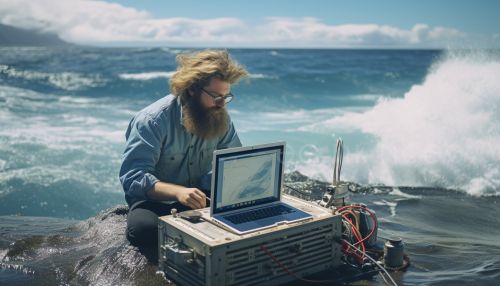The Science of Ocean Currents
Introduction
Ocean currents are a continuous and directed movement of the ocean's water caused by several forces acting upon the water, including the wind, the Coriolis effect, breaking waves, cabbeling, and temperature and salinity differences. They are primarily horizontal water movements. An ocean current flows for great distances and together they create the global conveyor belt, which plays a dominant role in determining the climate of many of the Earth's regions. More specifically, ocean currents influence the temperature of the regions through which they travel. For example, warm ocean currents bring heat to high latitudes and areas affected by these currents are typically warmer.
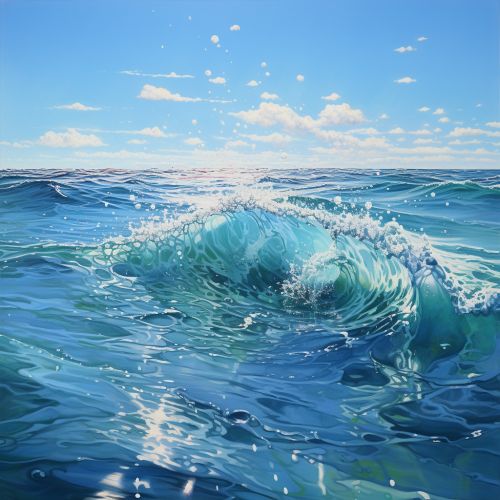
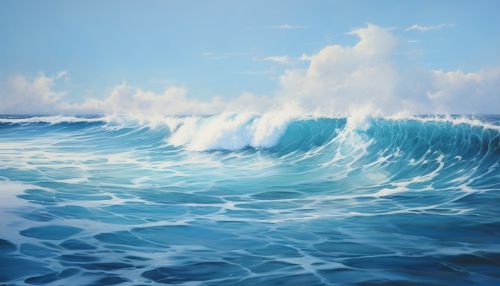
Types of Ocean Currents
Ocean currents can be divided into two distinct types: surface currents and deep water currents.
Surface Currents
Surface currents, which include coastal currents and surface ocean currents, form the upper 400 meters of the ocean. These currents are generally caused by the wind as it blows across the open sea. Friction between the wind and the water's surface pushes the water, creating a current. The strength and direction of the wind often determine the direction of a surface current.
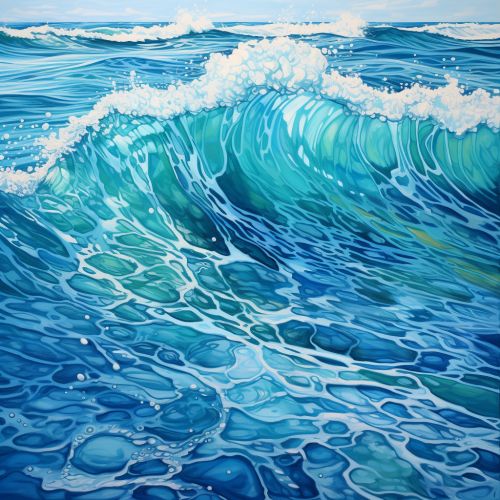

Deep Water Currents
Deep water currents, also known as thermohaline currents, are caused by differences in the water's density. The density of ocean water is determined by its temperature and salinity. In areas where the ocean is very cold, sea water freezes. When sea water freezes, the dissolved salts are left behind, increasing the salinity of the surrounding water. This cold, salty water is dense and sinks to the ocean bottom. Deep water currents make up about 90% of the ocean currents and are often much slower than surface currents.

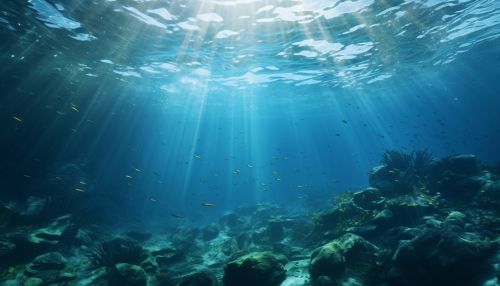
Factors Influencing Ocean Currents
There are several factors that influence ocean currents, including the Earth's rotation, the wind, the temperature and salinity of the water, and the shape of the ocean basins.
Coriolis Effect
The rotation of the Earth on its axis is a major influence on ocean currents. This rotation deflects the path of the currents, a phenomenon known as the Coriolis effect. In the Northern Hemisphere, the deflection is to the right of the direction of flow; in the Southern Hemisphere, it is to the left. The Coriolis effect is responsible for the direction of most of the ocean's large-scale currents.
Wind
Wind is another factor that influences ocean currents. The friction that occurs between the ocean surface and the wind causes the water to move in the direction of the wind, creating a current. The strength and direction of the wind are two factors that influence the speed and direction of a current.
Temperature and Salinity
The temperature and salinity of ocean water also play a significant role in the creation of ocean currents. Differences in temperature and salinity can cause water to become more dense, causing it to sink. This process, known as thermohaline circulation, can result in the formation of deep water currents.
Shape of Ocean Basins
The shape of ocean basins also influences the direction and speed of ocean currents. Currents are deflected by the shape of the coastline and the ocean floor. This deflection can cause currents to change direction, speed up, slow down, or even stop.
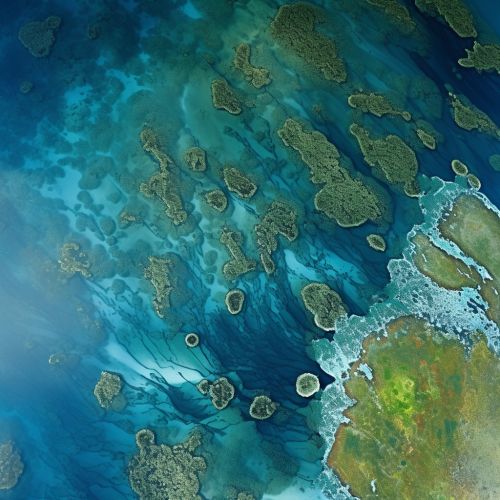
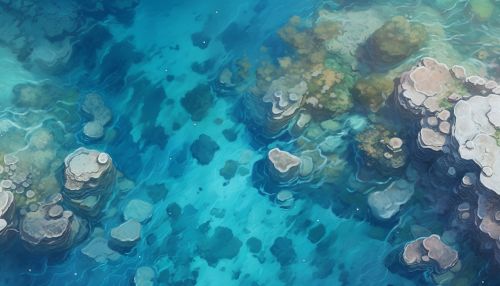
Impact of Ocean Currents
Ocean currents have a significant impact on climate, marine life, and human activity.
Climate
Ocean currents play a crucial role in regulating the Earth's climate. They transport heat from the equator towards the poles, helping to regulate and stabilize coastal temperatures. For example, the Gulf Stream, a warm ocean current, brings warmth to Northwestern Europe, giving the region a milder climate than other regions at the same latitude.
Marine Life
Ocean currents also have a significant impact on marine life. They transport nutrients from the deep sea to the surface, supporting the growth of phytoplankton, which forms the basis of the marine food chain. Currents also transport larvae and eggs, dispersing marine species across the ocean.
Human Activity
Human activities, such as shipping and fishing, are also influenced by ocean currents. Ships often use ocean currents to save fuel and time. In fishing, understanding ocean currents is crucial as they can concentrate nutrients and, consequently, fish populations.
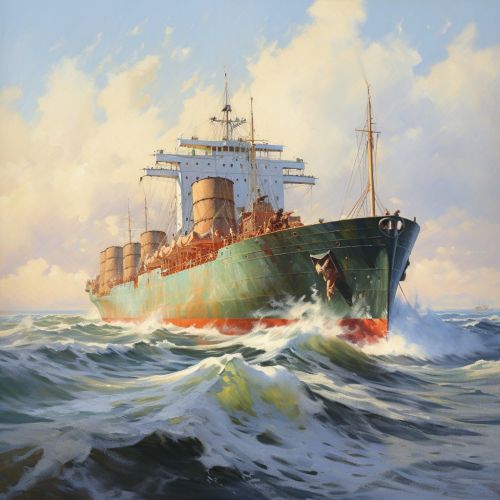

Studying Ocean Currents
Scientists study ocean currents by using a variety of methods. These include deploying drifting buoys, using satellites to track the speed and direction of currents, and using a method called 'tracer release', where a tracer is released into the ocean and its movement is tracked.
Studying ocean currents is important for understanding the Earth's climate, predicting weather patterns, and managing fisheries. It also helps in search and rescue operations and in understanding the movement of pollutants in the ocean.

